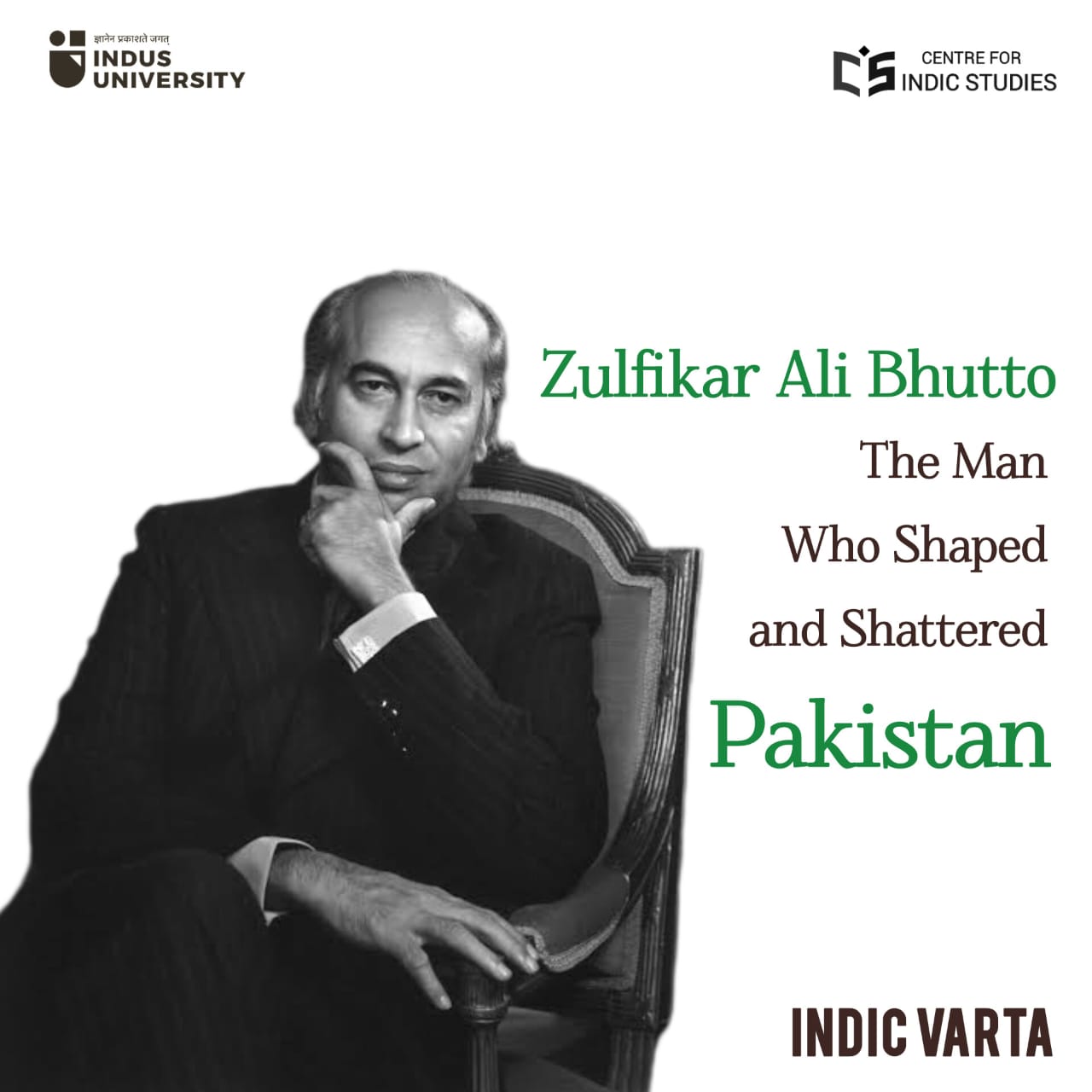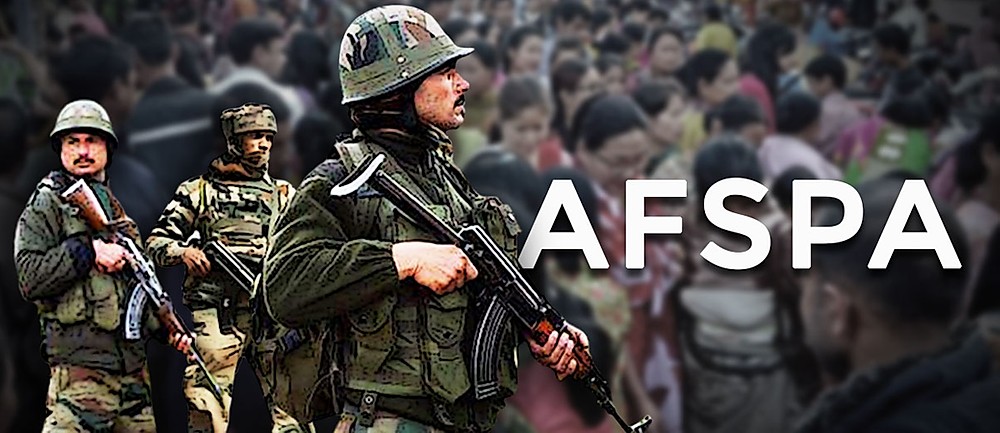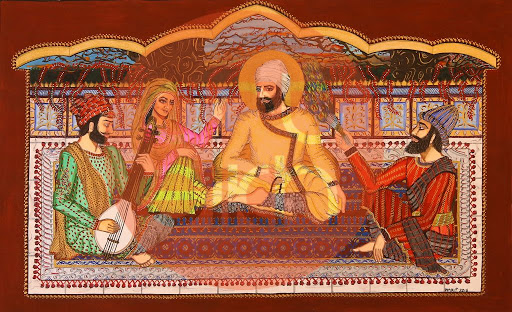- Visitor:109
- Published on: 2025-04-04 01:01 pm
Zulfikar Ali Bhutto: The Man Who Shaped and Shattered Pakistan
Zulfikar Ali Bhutto was a transformative yet controversial leader in Pakistan’s history. A Sindhi politician, he founded the Pakistan People’s Party (PPP) and led the country as President (1971-1973) and Prime Minister (1973-1977). Bhutto played a crucial role in stabilizing Pakistan after its defeat in the 1971 war and the creation of Bangladesh. His major diplomatic achievement was the 1972 Simla Agreement with India, which sought to improve bilateral relations. He also initiated Pakistan’s nuclear program but faced criticism for economic stagnation due to nationalization policies. Bhutto’s tenure was marked by growing opposition, particularly from ethnic and political groups such as the Baloch and Pashtuns. His government cracked down on dissent, leading to tensions and military operations. In 1977, allegations of electoral fraud triggered protests, resulting in a coup led by General Zia-ul-Haq. Bhutto was arrested, tried on dubious murder charges, and executed in 1979. His execution fueled ethnic tensions, particularly among Sindhis, and strengthened Sindhi nationalism. The rise of militant groups like the Sindhudesh Liberation Army highlighted the growing unrest. His removal also shifted Pakistan’s trajectory, leading to military dominance, increased Islamic militancy, and prolonged Indo-Pak tensions, shaping South Asia’s geopolitical landscape for decades.

Pakistan, since its inception, has been the only nation founded in the name of Islam. However, since 1947, many Pakistanis have struggled to fully embrace this Islamic identity as part of their national consciousness. The country has been largely dominated by the Punjabi-dominated military, leading to grievances among other ethnic groups such as Sindhis, Baloch, Pashtuns, and Muhajirs, who have faced various forms of discrimination. Even individuals in high-ranking positions have not been exempt from this systemic bias. This article explores the political journey of Zulfikar Ali Bhutto, a prominent Sindhi leader who rose to become the Prime Minister of Pakistan. Despite his Sindhi heritage, Bhutto enjoyed significant popularity even in Punjab. However, in 1977, following a military coup, General Zia-ul-Haq seized power and used the judiciary to orchestrate Bhutto’s prosecution, ultimately leading to his execution.
Pakistan's Formation and Internal Struggles: A Strategic Perspective for India
Before 1947, Pakistan was an integral part of India. The land that now constitutes Pakistan was once a part of the Indus Valley Civilization, also referred to as the ‘Saraswati Vedic Civilization,’ making it historically and culturally significant. During the medieval period, the region gradually adopted Islam due to successive Islamic invasions in Northwestern India. By 1947, with a Muslim-majority population, it was partitioned from India to form the independent state of Pakistan. However, Pakistan has faced internal challenges in fostering a unified national identity, particularly among its diverse ethnic groups beyond its dominant Punjabi population. This internal instability presents a geopolitical dynamic that India may observe closely.
Zulfikar Ali Bhutto: A Key Architect of Pakistan’s Progress
Zulfikar Ali Bhutto (born 1928) was a Pakistani barrister, politician, and statesman. He served as the fourth President of Pakistan from 1971 to 1973 and later as the ninth Prime Minister from 1973 to 1977. Bhutto founded the Pakistan People's Party (PPP) on November 30, 1967, in Lahore and remained its chairman until his execution on charges of murder. Following Pakistan's defeat in the 1971 war that led to the creation of Bangladesh, Bhutto took over the presidency in December 1971 and declared a state of emergency to stabilize the country.
Following Pakistan's defeat in the 1971 war, Zulfikar Ali Bhutto took significant diplomatic steps to restore stability. In June 1972, he traveled to India to meet Prime Minister Indira Gandhi, where they negotiated a formal peace agreement and secured the release of 93,000 Pakistani prisoners of war. This agreement, known as the Simla Agreement, was signed on July 2, 1972, in the Indian city of Simla (also spelled "Shimla"). The treaty, signed by Bhutto as President of Pakistan and Indira Gandhi as Prime Minister of India, aimed to establish a framework for peaceful relations between the two nations. It emphasized resolving disputes through bilateral negotiations and also paved the way for Pakistan's eventual diplomatic recognition of Bangladesh.
Zulfikar Ali Bhutto played a pivotal role in launching Pakistan’s nuclear program. However, his economic policies, particularly the large-scale nationalization of industries, contributed to economic stagnation. Despite securing victory in the 1977 parliamentary elections, Bhutto faced accusations of widespread vote rigging, which triggered nationwide unrest. On July 5, 1977, he was ousted in a military coup led by Army Chief General Muhammad Zia-ul-Haq. In January 1973, an insurgency was emerging in Baluchistan, prompting Zulfikar Ali Bhutto to deploy the Pakistani Armed Forces to suppress it. He dismissed the provincial governments of Baluchistan and the North-West Frontier Province, further escalating tensions. In February 1973, following the discovery of Iraqi-supplied weapons in Islamabad, Bhutto dissolved the Baluchistan Provincial Assembly. The military operation, led by General Tikka Khan, soon escalated into a prolonged five-year conflict with Baloch separatists.
Growing Unrest and Political Turmoil
During his tenure, Bhutto faced growing criticism and declining popularity. Abdul Wali Khan, a prominent Pashtun leader, and his socialist party, the National Awami Party (NAP), strongly opposed his government. Dissent also emerged within Bhutto’s own party, the Pakistan People’s Party (PPP), with figures like Ahmed Raza Kasuri stirring public outrage and increasing hostility. Even Ghulam Mustafa Khar, a prominent Punjabi PPP leader and former Governor of Punjab, publicly condemned Bhutto and led protests against his rule. Amid this political unrest, tensions escalated in the North-West Frontier Province and Baluchistan, where civil liberties were suspended. The government deployed nearly 100,000 troops to the region, who were later accused of human rights violations and causing civilian casualties.
On January 8, 1977, a coalition of nine opposition parties united to form the Pakistan National Alliance (PNA) to challenge Bhutto’s rule. In response, Bhutto called for fresh general elections. During the 1977 elections, his party, the Pakistan People’s Party (PPP), secured a sweeping victory, winning 155 out of 200 seats with a 59% vote share. Meanwhile, the PNA struggled to gain traction and failed to win even 40 seats. Following the election results, the PNA rejected the outcome, alleging widespread rigging by the PPP and disputing the legitimacy of the elections.
Military Coup and the Overthrow of Bhutto
On July 3, 1977, General Khalid Mahmud Arif, a loyalist of Bhutto, revealed that the army was planning a coup at the General Headquarters (GHQ) in Rawalpindi. He warned Bhutto to negotiate with the Pakistan National Alliance (PNA) before the military could take over. In response, Bhutto immediately initiated talks with PNA leaders, discussing the dissolution of assemblies and the possibility of holding fresh elections. However, before an agreement could be reached, General Zia-ul-Haq seized power in a military coup on July 5, 1977. Bhutto and his cabinet members were arrested under Zia’s orders. Zia declared martial law, suspended the constitution, and dissolved all provincial assemblies. Despite this, he assured the public that fresh elections would be held within ninety days. Meanwhile, leaders from both the PPP and PNA were arrested on Zia’s orders, with promises of elections in October. Bhutto was granted bail on July 29 and received a grand welcome from his supporters upon returning to his hometown, Larkana. However, he was rearrested on September 3, later released on September 13, and appointed his wife as the President of the PPP. Shortly after, on September 16, he was arrested once again.
Trial, Execution and Death Sentence of Bhutto
The trial at the Lahore High Court lasted for five months, beginning on October 24, 1977. A key witness in the case was Masood Mahmood, the Director General of the Federal Security Force. On March 18, 1978, Bhutto was found guilty of the murder of Ahmed Raza Kasuri and was sentenced to death. Following the verdict, Abdul Hafiz Pirzada filed a petition in the Supreme Court, seeking a review of the death sentence issued by the Lahore High Court. The Supreme Court agreed to hear the arguments, but after 12 days of proceedings, it ruled that only the President had the authority to commute a death sentence to life imprisonment, as the power of pardon rested solely with the head of state. However, General Zia-ul-Haq, who was in power at the time, did not act on the matter. He later claimed that the clemency application had gone missing. And finally on April 4, 1979 he ‘Hanged till Death’ district Jail Rawalpindi.
Motivation behind the Bhutto’s Murder
It is widely acknowledged that Bhutto’s trial lacked strong evidence to prove his guilt, yet he was still sentenced to death. Despite the absence of substantial proof, he was executed, raising serious questions about the fairness of the proceedings. Many historians and political analysts argue that the charges against Bhutto were politically motivated, orchestrated as part of General Zia-ul-Haq’s broader strategy to consolidate power and eliminate political opposition. His trial and execution are often seen as a deliberate attempt to silence Bhutto, who remained a formidable political figure in Pakistan.
Rise of Regional Implications and Sindhi Nationalism
Zulfikar Ali Bhutto, a Sindhi political leader, was overthrown in a military coup by General Zia-ul-Haq, a Punjabi military officer. Despite weak and inadequate evidence, Bhutto was charged with murder and sentenced to death. His execution further deepened ethnic tensions, fueling resentment among Sindhis against the Punjabi-dominated military regime. While the ethnic aspect of Bhutto’s execution cannot be ignored, the issue was far more complex. His downfall was deeply rooted in Pakistan’s political power struggles, the military’s undue interference in civilian affairs, corruption within state institutions, and the fragile nature of the country’s democratic system.
Rise of Sindhi Nationalism
Sindhi nationalism asserts that the Sindhis, an ethnolinguistic group indigenous to the Pakistani province of Sindh, constitute a distinct nation. Following the independence of Bangladesh in 1971, during the President tenure of Zulfiqar Ali Bhutto a Sindhi ethnic leader G.M. Syed redefined the nationalist movement by establishing the Jeay Sindh Mahaz in 1972. He introduced the concept of Sindhudesh, envisioning a separate homeland for the Sindhi people. The execution of Zulfikar Ali Bhutto and the alleged oppression of Sindhis under military rule further fueled nationalist sentiments, leading to an increase in separatist aspirations and militant activities.
Militant Activities
The Sindhudesh Liberation Army is a militant organization formed by Sindhi nationalists and political groups in the Sindh province of Pakistan. The group first gained public attention across Pakistan in 2010 following a railway track bombing in Hyderabad, Sindh. In October 2012, the Pakistani government officially designated it as a terrorist organization. The Sindhudesh Liberation Army has been held responsible for several low-intensity explosions across various parts of Sindh. In 2016, the group claimed responsibility for a bombing in Karachi targeting a vehicle carrying a Chinese engineer. More recently, in 2022, it was linked to the Karachi Saddar bombing.
Zulfikar Ali Bhutto’s rise and fall had significant implications for India, particularly in shaping regional diplomacy and security. The Simla Agreement of 1972, a direct outcome of his leadership, laid the foundation for bilateral conflict resolution between India and Pakistan. However, his execution in 1979 deepened political instability in Pakistan, leading to the rise of military rule under Zia-ul-Haq, which escalated tensions with India, including increased cross-border insurgency in the 1980s. Bhutto’s legacy, therefore, remains intertwined with India’s strategic and diplomatic challenges in the subcontinent. Bhutto’s downfall also marked a shift in India-Pakistan relations, as his vision of diplomacy was replaced by Zia-ul-Haq’s aggressive military policies, including the support of militancy in Kashmir. The instability in Pakistan following his execution contributed to prolonged hostility, nuclear rivalry, and a rise in cross-border tensions. His removal weakened prospects for democratic governance in Pakistan, reducing the chances of a peaceful resolution to Indo-Pak disputes. Ultimately, Bhutto’s execution altered the trajectory of South Asian geopolitics, fueling decades of regional unrest.
- 54 min read
- 0
- 0










